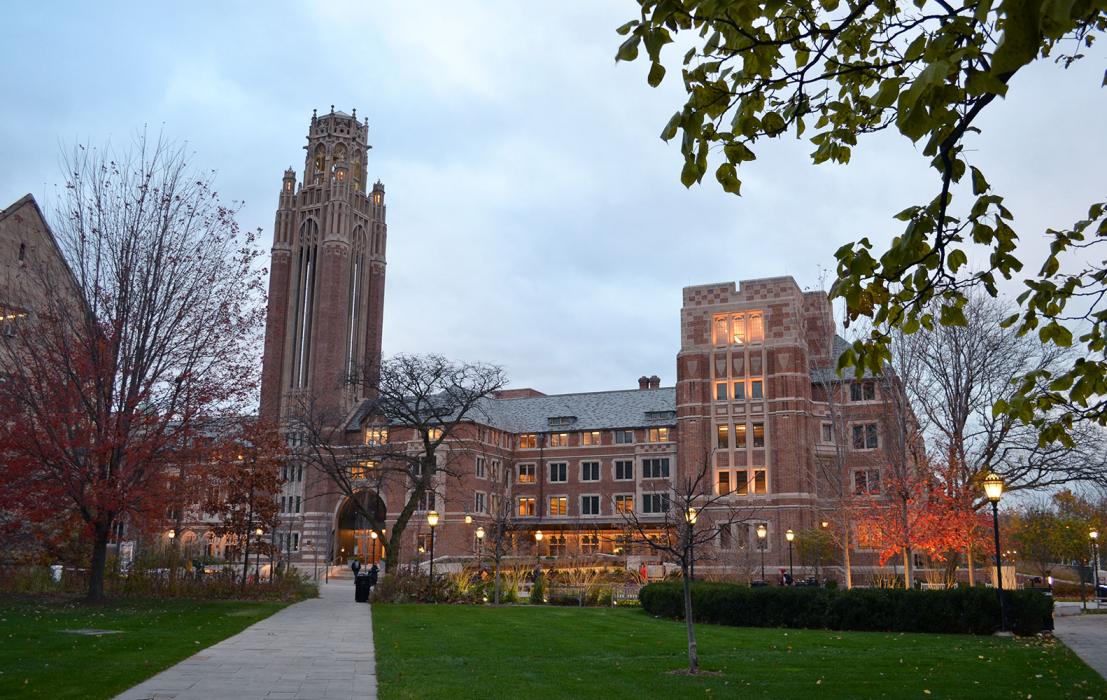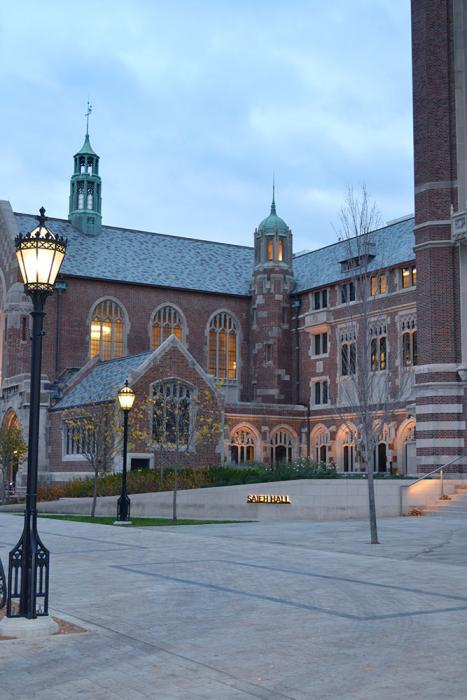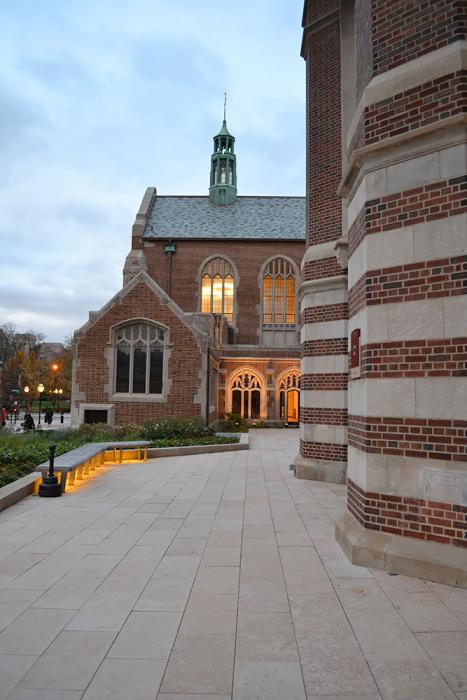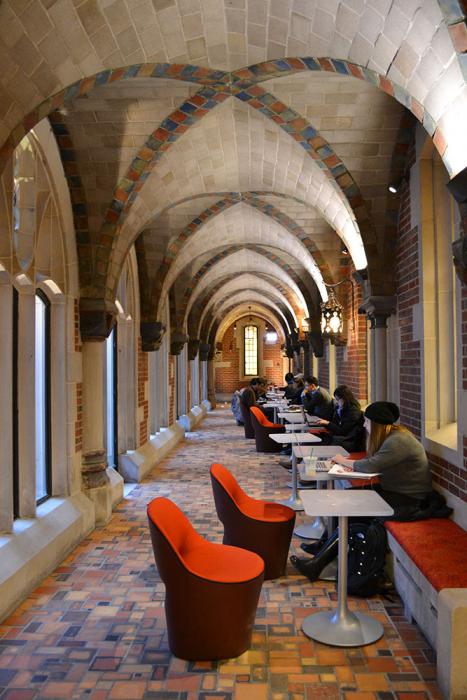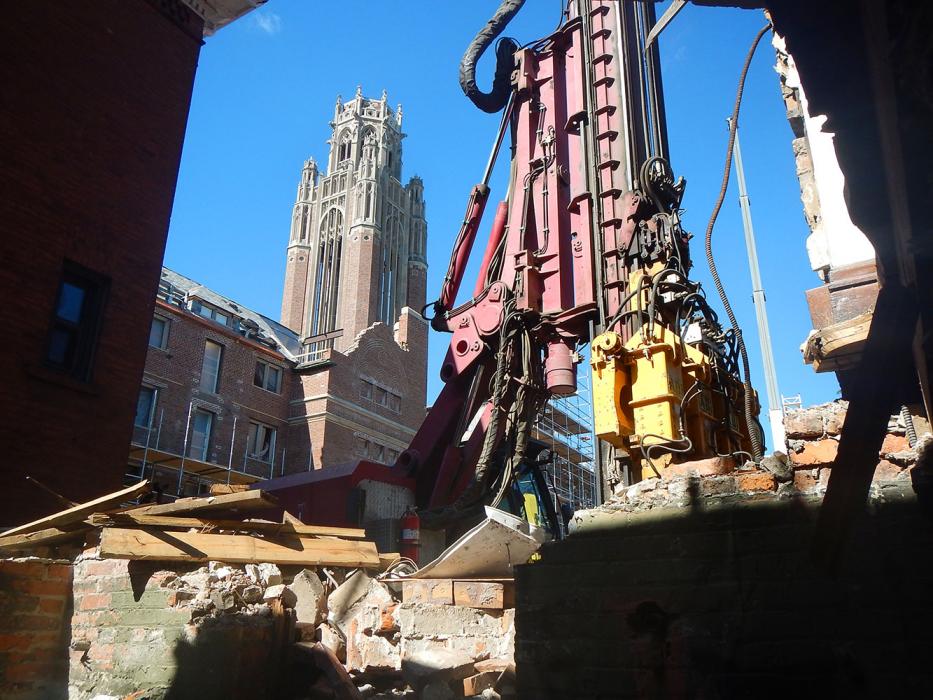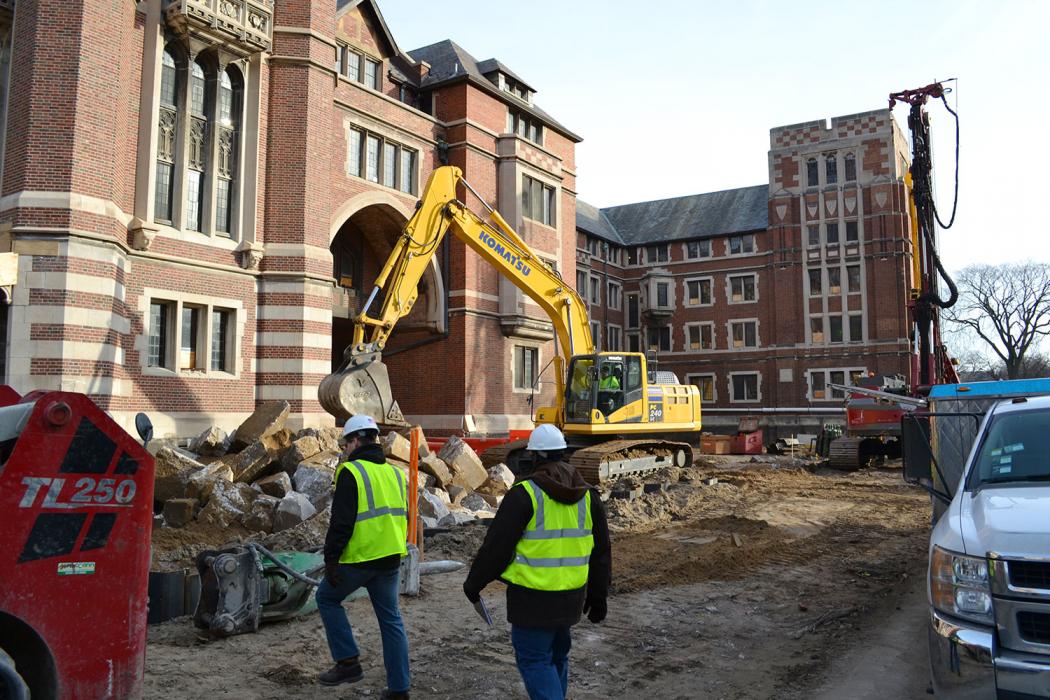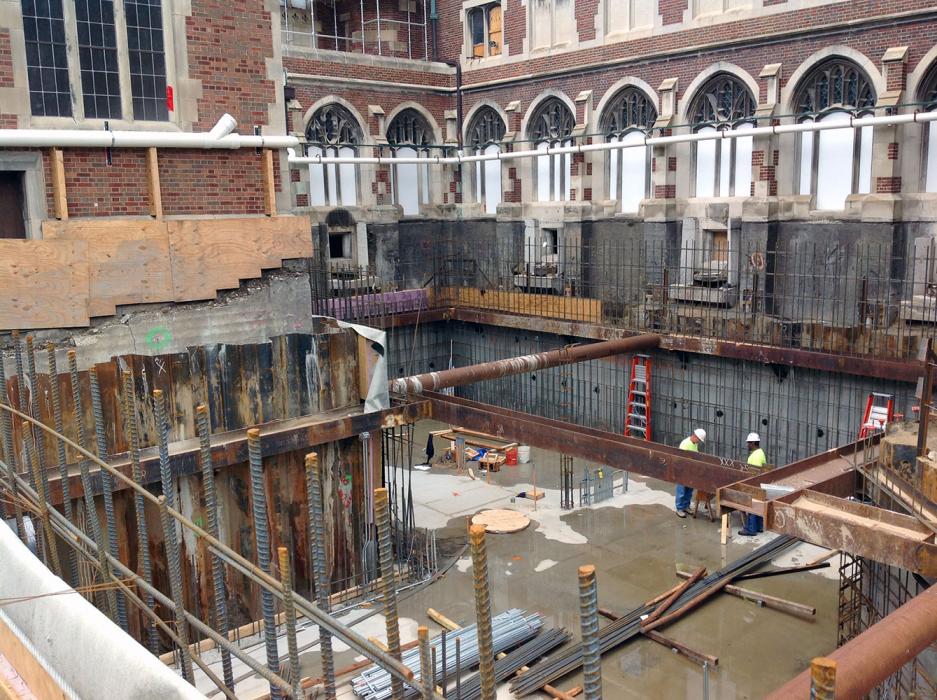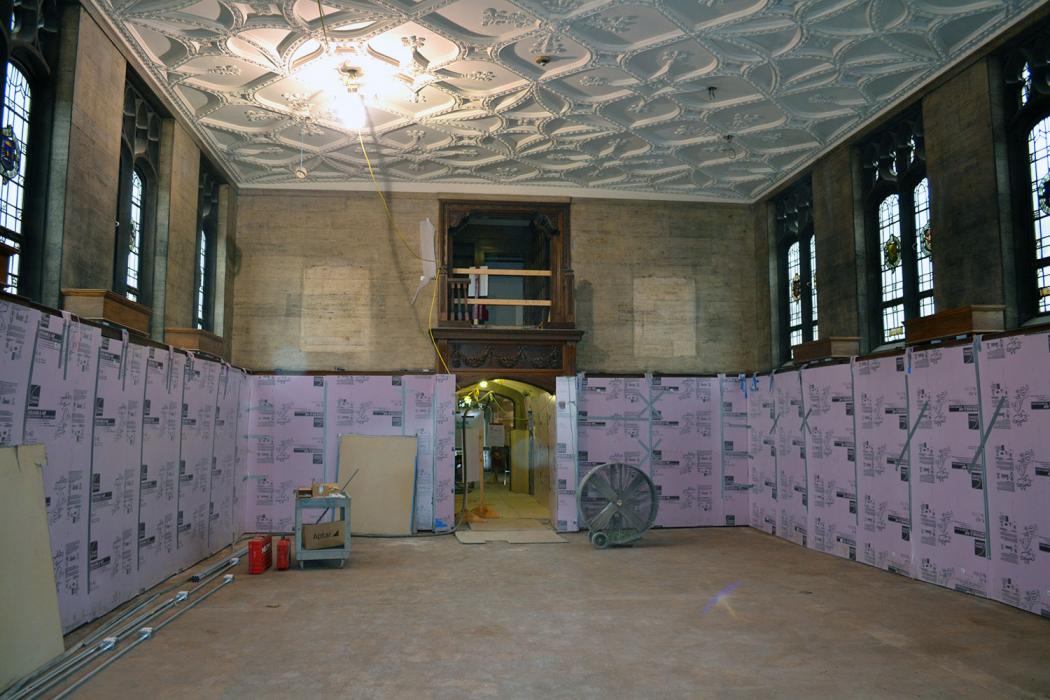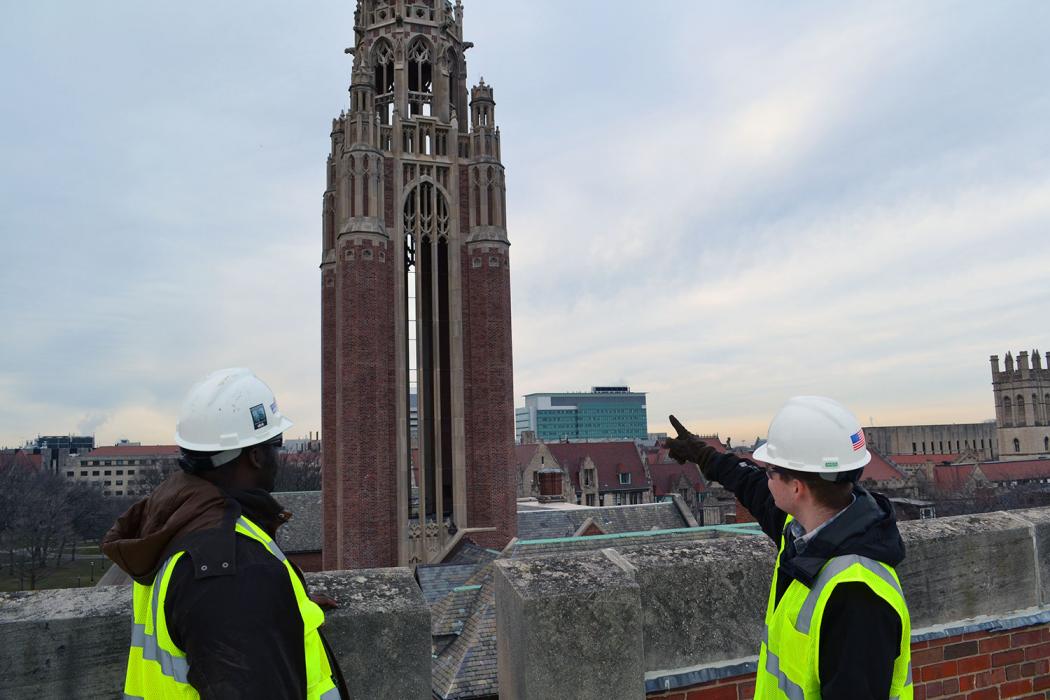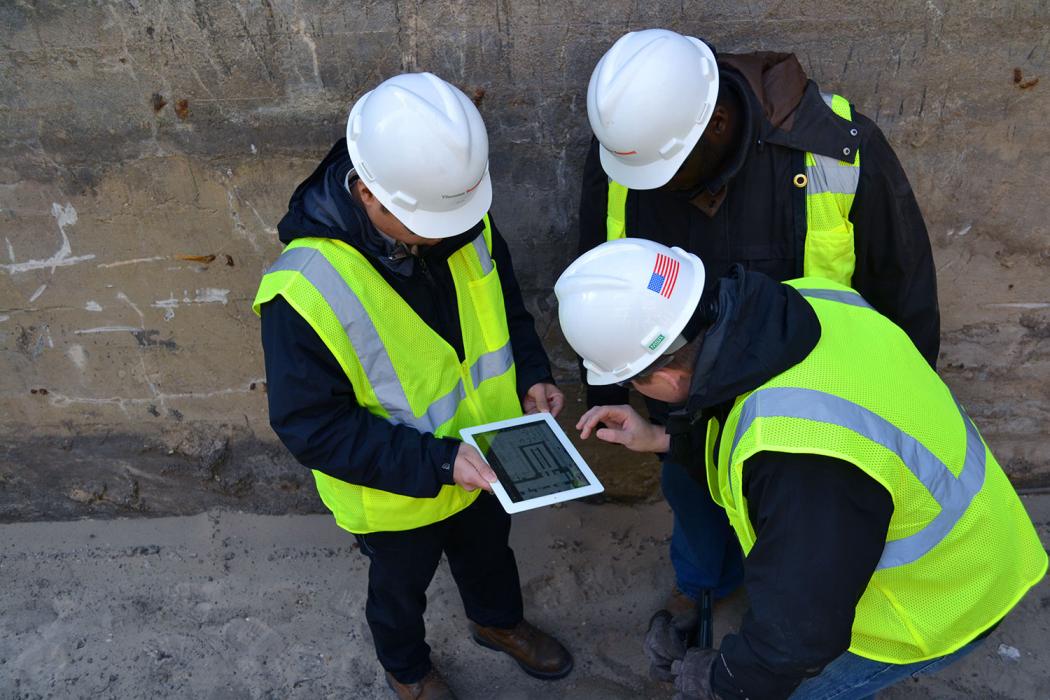University of Chicago, Saieh Hall for Economics
The renovation incorporated the original neo-Gothic architecture into a modern space which houses the Becker Friedman Institute for Research in Economics and the Department of Economics.
Project Details
CBC/COAA, Award of Merit: Owner’s Choice and Rehab Reconstruction, 2015
Society for College and University Planning (SCUP), Excellence in Planning Honor Award, 2014
SEAOI, Best Renovation/Retrofit, 2014
Overview
The former Chicago Theological Seminary, which is composed of several buildings constructed during the 1920s, was purchased by The University of Chicago to become the new home of the Saieh Hall for Economics. The architect's renovation design incorporated the original neo-Gothic architecture into a modern space which houses the Becker Friedman Institute for Research in Economics and the Department of Economics.
We provided structural renewal services to Ann Beha Architects & Gensler for the renovation, which was completed in 2014.
Highlights
- The existing structures required a complete rehabilitation to accommodate offices, contemporary classrooms, seminar and conference facilities, a library, computing facilities and common areas. Extensive care was taken to protect sensitive artwork throughout the buildings.
- The expansion included new underground classroom space, a mechanical room located underneath decorative courtyards and a heating / cooling system. Each new underground space is supported on a mat foundation and enclosed by concrete construction to redistribute forces throughout the building. Adjacent existing footings have been underpinned with jack piles to prohibit settlement and alleviate surcharge loading.
- The east underground classroom roof is subdivided by an access ramp and clerestory windows to incorporate natural light. A new steel-framed bypass corridor on the north side facilitates movement through the building. A new monumental stair and a large glass entryway were constructed within the existing alley. Lightweight composite steel construction comprises the floor infill. Steel lintels and posts provide new openings in the existing bearing walls.
- We used Revit to coordinate with the design team. A detailed point cloud survey of the existing buildings was used to model the existing and new structures. The use of iPads and BIM 360 in the field allowed our team to review RFIs, create sketches and produce field reports on demand.


